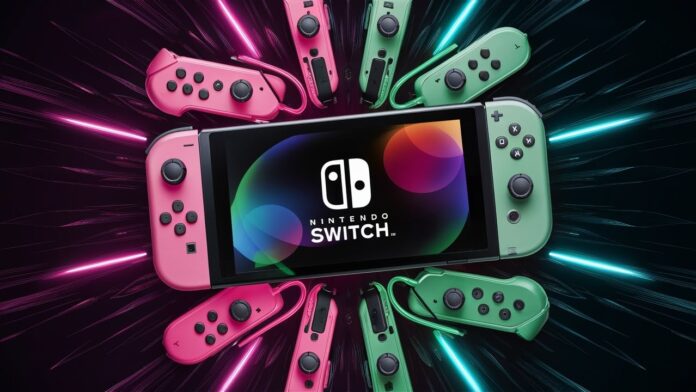First-day testing of Nintendo Switch 2 shows solid upgrades but reveals some frustrating design flaws
Nintendo’s Switch 2 is finally here, launching on June 5 at $449.99/£395.99, aiming to deliver a meaningful upgrade over the original Switch and OLED models. After a day of hands-on testing, the new console impresses with performance boosts and refined design—yet it still carries quirks that may frustrate longtime fans.
Starting with design, the Switch 2 feels noticeably more premium than its predecessor. It retains the same thickness but is taller, sporting a sleek matte finish on its redesigned Joy-Con controllers. This finish masks the cheaper plasticky feel that plagued the original Joy-Cons, lending a sophisticated vibe in hand. However, the Joy-Con controllers remain disappointingly narrow, and the taller form factor actually makes some controls less comfortable. For example, during a co-op Mario Kart World session, the right Joy-Con’s thumbstick feels awkwardly far, especially when stretched for quick reactions. Plus, the +/- buttons now sit farther apart, which might challenge smaller hands.
The new Switch 2 also boasts a sturdier game card slot, featuring a metallic plug and reinforced connectors—improvements over the often fragile OLED version. The dock is chunkier and detaches fully from its base to accommodate cables, though this leaves less room for cooling fans, raising potential concerns about heat management during intense gaming.
Controller upgrades stand out. The Nintendo Switch 2’s thumbsticks are larger with smoother glide and softer edges, improving precision noticeably in games like Cyberpunk 2077. Mouse control support is a neat addition, though awkward to use since both Joy-Cons must be disconnected to activate the pointer. This setup feels a bit clunky when trying to play in tabletop mode, but it hints at Nintendo experimenting with more versatile control schemes.
Embed from Getty ImagesThe display is a mixed bag. While the Switch 2 jumps from a 720p handheld resolution to a sharp 1080p LCD panel with a 120Hz refresh rate, it drops the OLED tech for LED. This results in slightly duller colours compared to the vibrant, punchier OLED screen of the previous model—especially noticeable in games like Pokemon Violet. HDR helps retain brightness, but those vivid colours Nintendo fans love feel muted. Still, the long-awaited resolution bump is undeniably a step forward.
Performance-wise, the Switch 2 is impressive. Testing with Cyberpunk 2077, a demanding AAA title, the console delivers smooth gameplay and even ray tracing—no small feat on a handheld device. There is some texture pop-in and a bit of blurring as assets load, but considering the system’s size, it handles the open world remarkably well. Mario Kart World also showcases the new 120Hz display perfectly, with silky-smooth visuals and better distance rendering than before.
However, compatibility with original Switch titles is less promising. Legacy games like Mario Kart 8 Deluxe run at 720p on the Switch 2 handheld mode, even though they supported 1080p docked on the older system. This downgrade means classic games may look worse on the new, higher-resolution screen—disappointing for players hoping to enjoy Nintendo’s back catalogue with crisper visuals.
The Switch 2’s UI feels largely unchanged, but with subtle improvements like GameChat functionality and enhanced menu highlighting. Settings for mouse sensitivity and button mapping hint at deeper customisation to come.
In summary, the Nintendo Switch 2 brings solid improvements in power, display resolution, and controller feel. Yet, some awkward ergonomics and downgraded visuals for older games remind us it’s not a flawless evolution. For gamers seeking a stronger handheld with sleek design and improved performance, it’s a worthy upgrade—just don’t expect perfection right out of the box.
